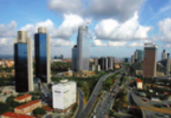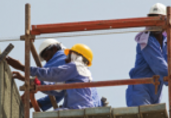In 2014 Jordan’s population reached 6.64m, as regional turbulence saw an influx of refugees from neighbouring countries. Jordan, however, remains stable as it pushes ahead with the political reforms announced in 2011. The economy continues to revive following the global economic downturn, while government commitments to tackle structural issues in the economy bode well for future growth.
The decision to temporarily halt and revise the Kuwait Offset Programme (KOP), before reintroducing it next year, is widely seen as a sign of the government’s commitment to enhancing the business climate amidst fierce regional competition and following regulatory reforms.
Although South Africa’s macroeconomic indicators remain soft, recent data shows that foreign investors are continuing to flow into the country as a public sector-backed infrastructure spending campaign is rolled out.
Articles & Analysis | Making an effort to support SMEs while carrying out national priority projects in infrastructure from The Report: Gabon 2014
Launched in June 2012, the National Infrastructure Master Plan (Schéma Directeur National d’ Infrastructure, SDNI) has 21 priority projects to be carried out until 2025 in key sectors such as energy, transport, special economic zones, tourism, telecoms and urban development. Funding for these major projects would ideally come from multiple sources, including public and...





